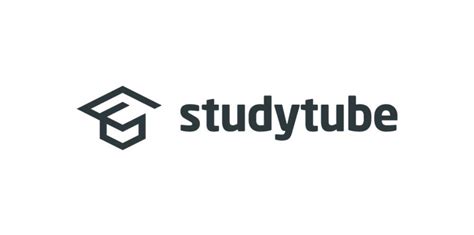Recruitment key figures
Key figures and control figures are also very useful in recruitment. However, don't be blinded by the standard KPIs.
- What are the relevant steering numbers for the organization and stakeholders? As a recruiter, consider what you want to be judged on? Know what others (want to) judge you on. Which stakeholders do you judge? And how?
Here is a collection of 'relevant' recruitment key figures:
- Quality of Hire (QOH) of the recruited employees (turnover & performance) of the recruitment processcustomer experience > applicant and vacancy holderTime to Fill (TTF): From the day the vacancy is approved until the day the contract is signedTime to Hire (TTH): From day from first contact with the applicant to the first day of the new employeeSources:advertisementsreferralsactive recruitment (search) from recruitersjobboardsRecruitment & Selection agency set cetera.Conversions per sourceRecruitment costsCost per Hire (per vacancy)average recruitment costs per vacancy, including media, agencies, referrals, etcper recruitment channelNumerical overview funnelhow many candidates drop out per stephow long do the steps takeVisitors and click behavior on the “Werken bij” site
And then these special key figures:
Recruiting Cost Ratio (RCR) = ________ Total Recruiting Cost ________
Total salaries of new employees
This formula is better than the well-known Cost-per-Hire, as it takes into account geographical, functional & level differences and how many recruitment Euros are spent for every € in salaries of new employees.
Recruiting Efficiency = 1 – RCR >> The higher the percentage, the more efficient the recruitment.
“Ultimately it's all about conversion and quality!!!”
Where, among other things, I gained my experience
-

title dia
Schrijf uw onderschrift hierKnob -

title dia
RheoCube
Knob -
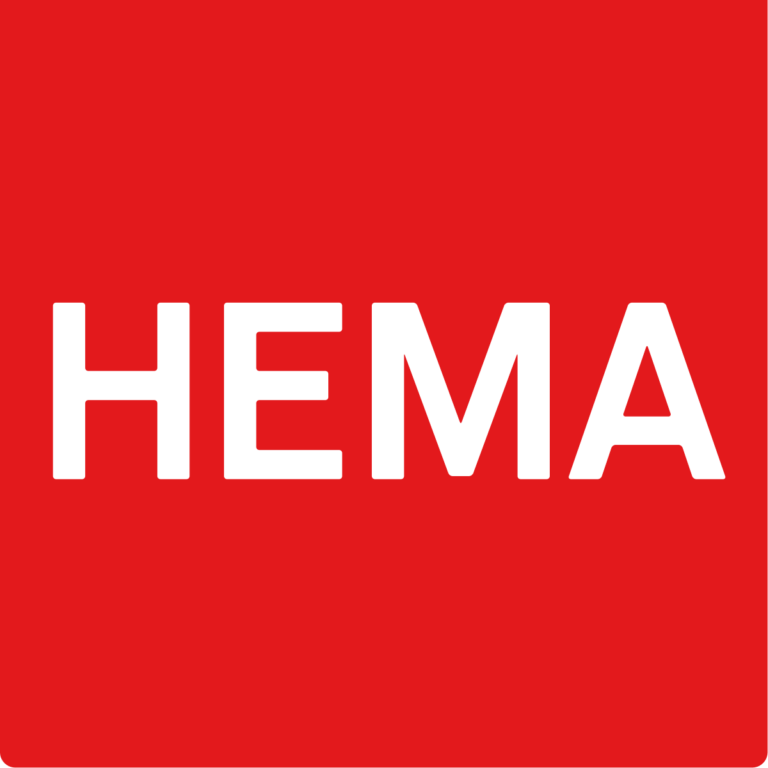
title dia
Schrijf uw onderschrift hierKnob -

title dia
Schrijf uw onderschrift hierKnob -

title dia
Schrijf uw onderschrift hierKnob -

title dia
Schrijf uw onderschrift hierKnob -

title dia
Schrijf uw onderschrift hierKnob -
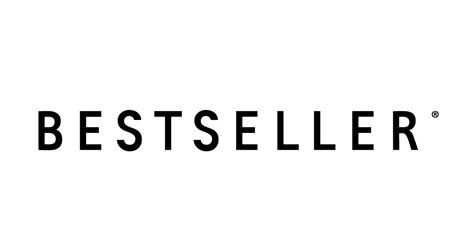
title dia
Schrijf uw onderschrift hierKnob -

title dia
Schrijf uw onderschrift hierKnob -
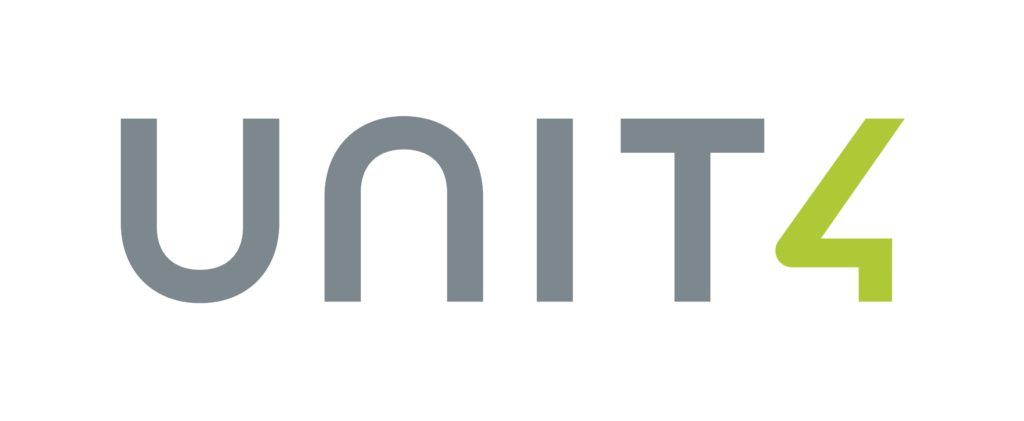
title dia
Knob -
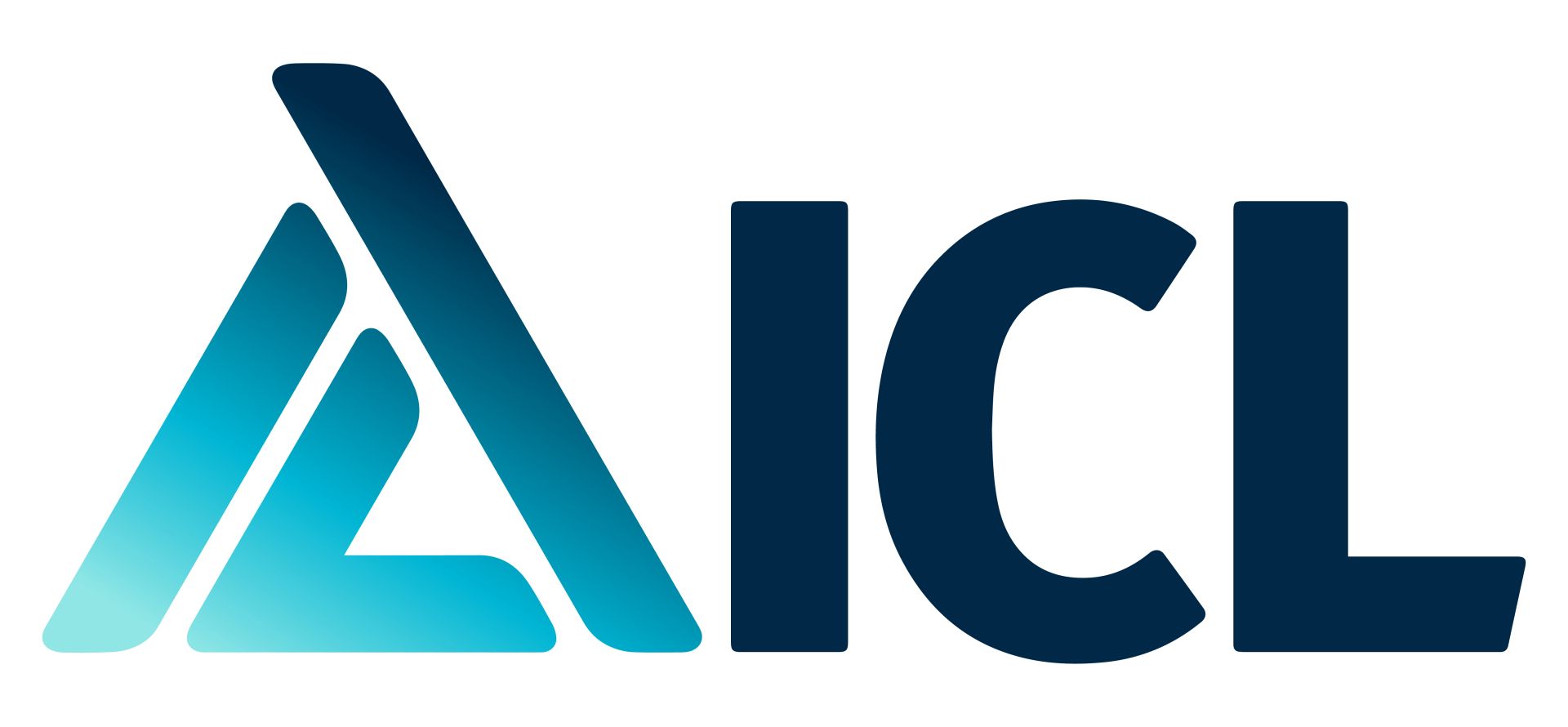
title dia
Knob -

title dia
Schrijf uw onderschrift hierKnob -

title dia
Setelia
Strategy
Consultants
Knob -

title dia
Orange Cyber Defense
Knob -
title dia
Schrijf uw onderschrift hierKnob -

title dia
Schrijf uw onderschrift hierKnob -

title dia
Schrijf uw onderschrift hierKnob 
title dia
Schrijf uw onderschrift hierKnob-

title dia
Schrijf uw onderschrift hierKnob -
title dia
Schrijf uw onderschrift hierKnob -

title dia
Schrijf uw onderschrift hierKnob -

title dia
DCSA
Knob 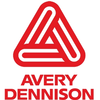
title dia
Schrijf uw onderschrift hierKnob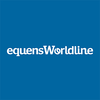
title dia
Schrijf uw onderschrift hierKnob
title dia
Knob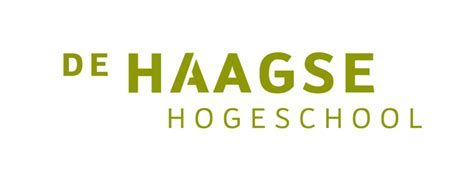
title dia
Schrijf uw onderschrift hierKnob
title dia
Schrijf uw onderschrift hierKnob
title dia
Knob
title dia
Schrijf uw onderschrift hierKnob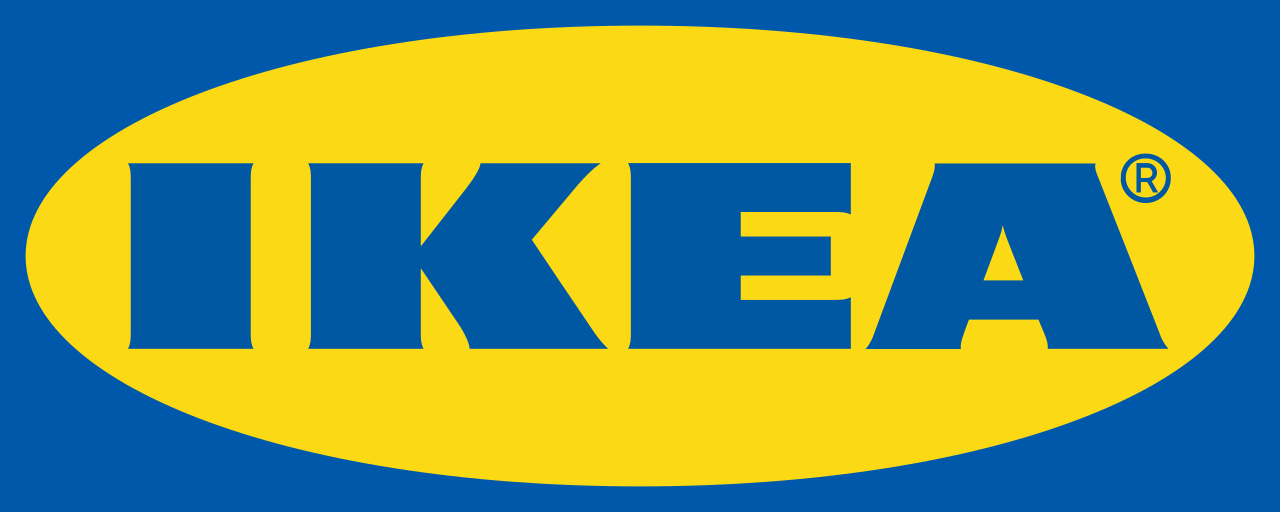
title dia
Schrijf uw onderschrift hierKnob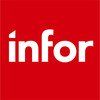
title dia
Schrijf uw onderschrift hierKnob
title dia
Schrijf uw onderschrift hierKnob
title dia
Schrijf uw onderschrift hierKnob
title dia
Schrijf uw onderschrift hierKnob
title dia
Schrijf uw onderschrift hierKnob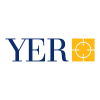
title dia
Schrijf uw onderschrift hierKnob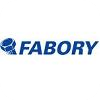
title dia
Schrijf uw onderschrift hierKnob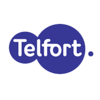
title dia
Schrijf uw onderschrift hierKnob
title dia
Ebicus
Knob
